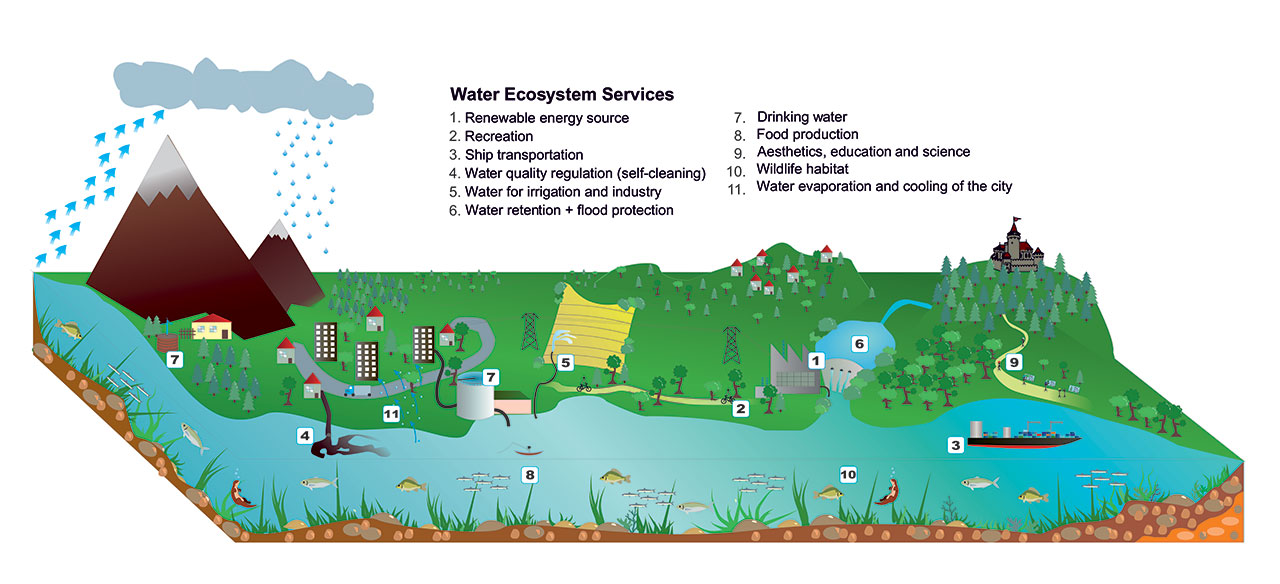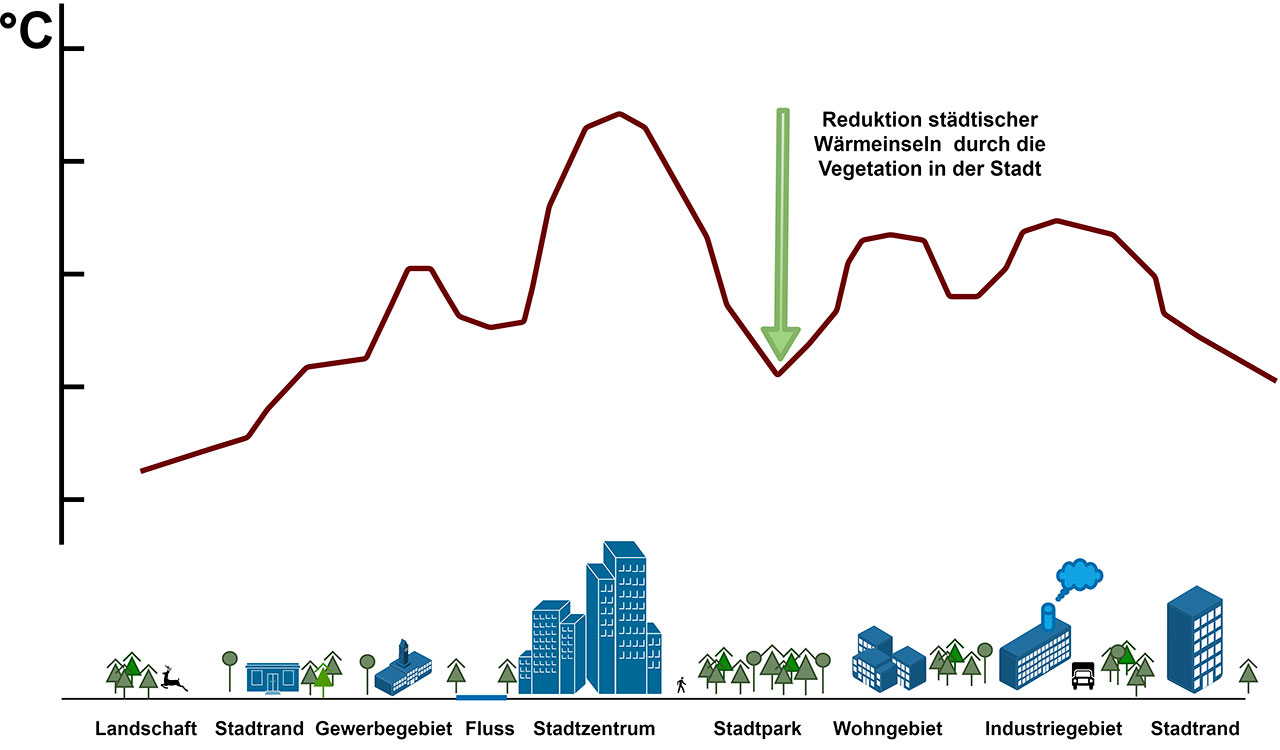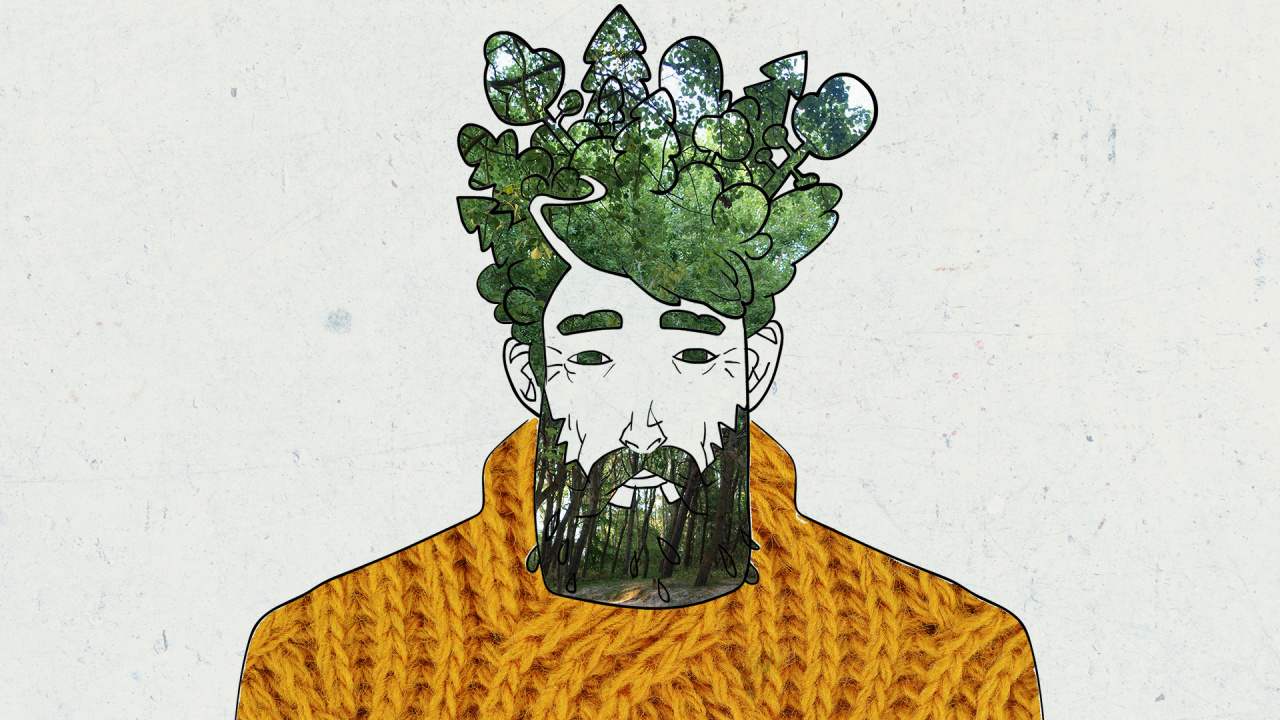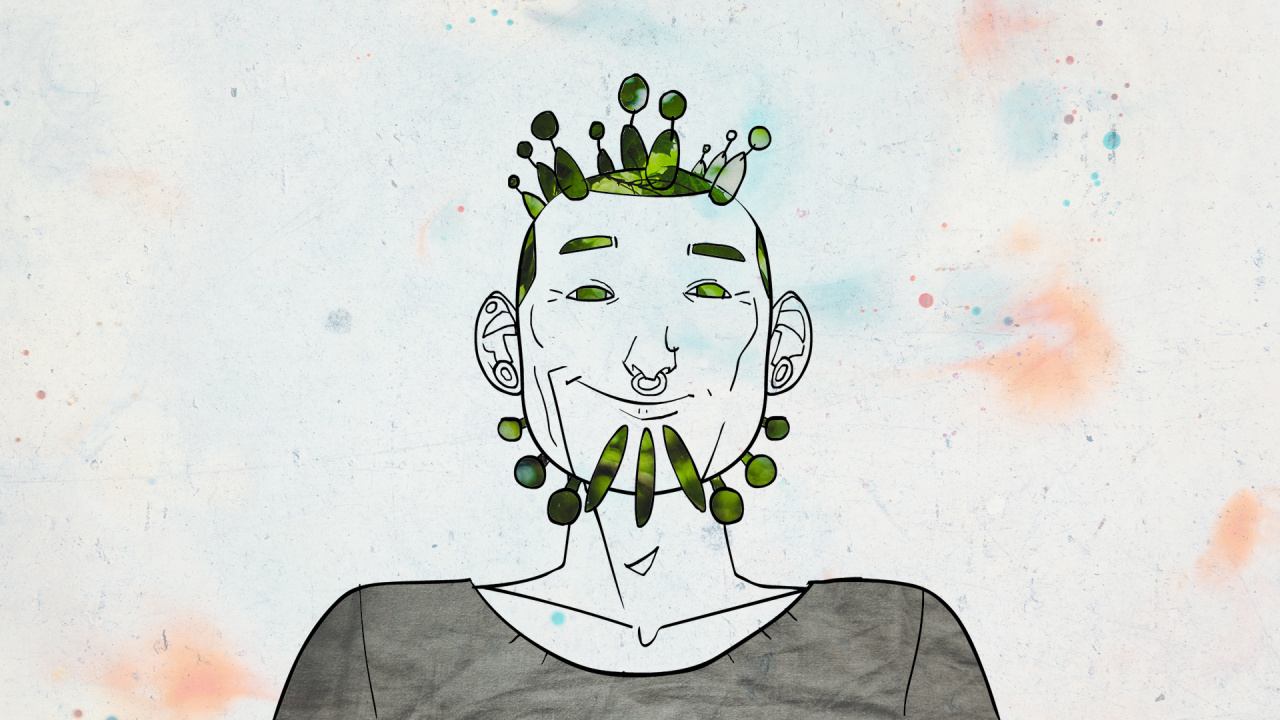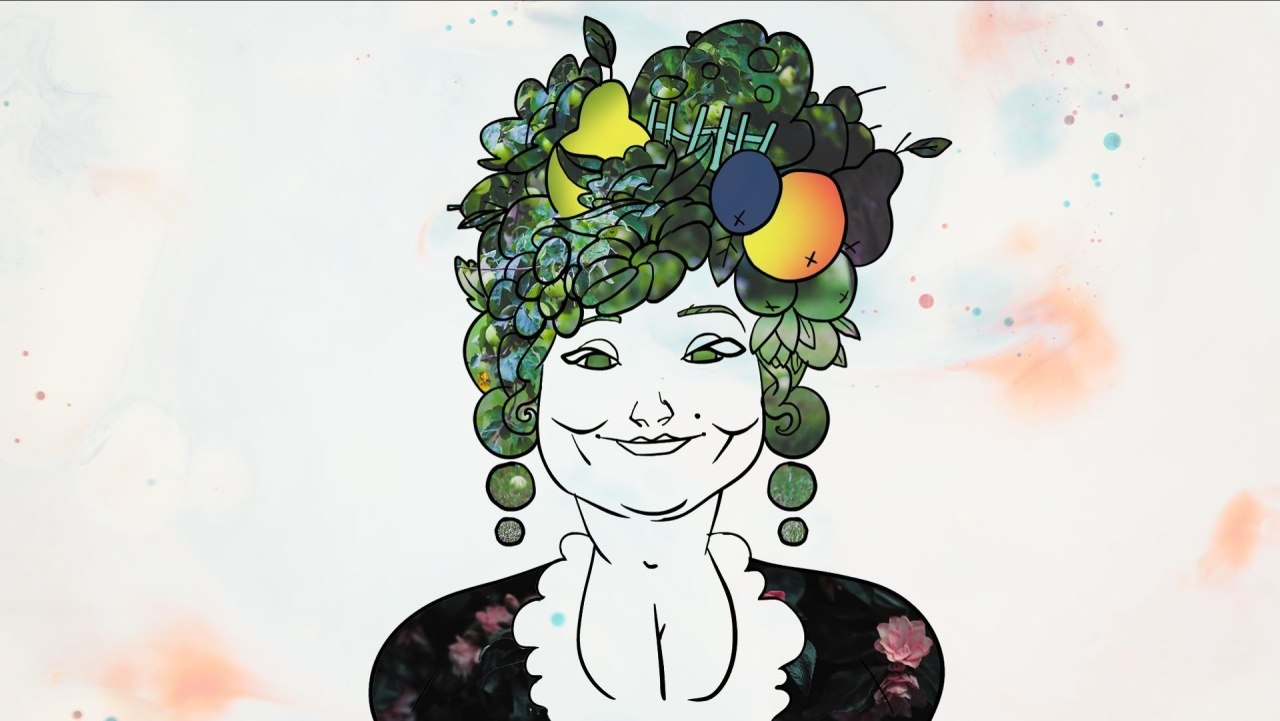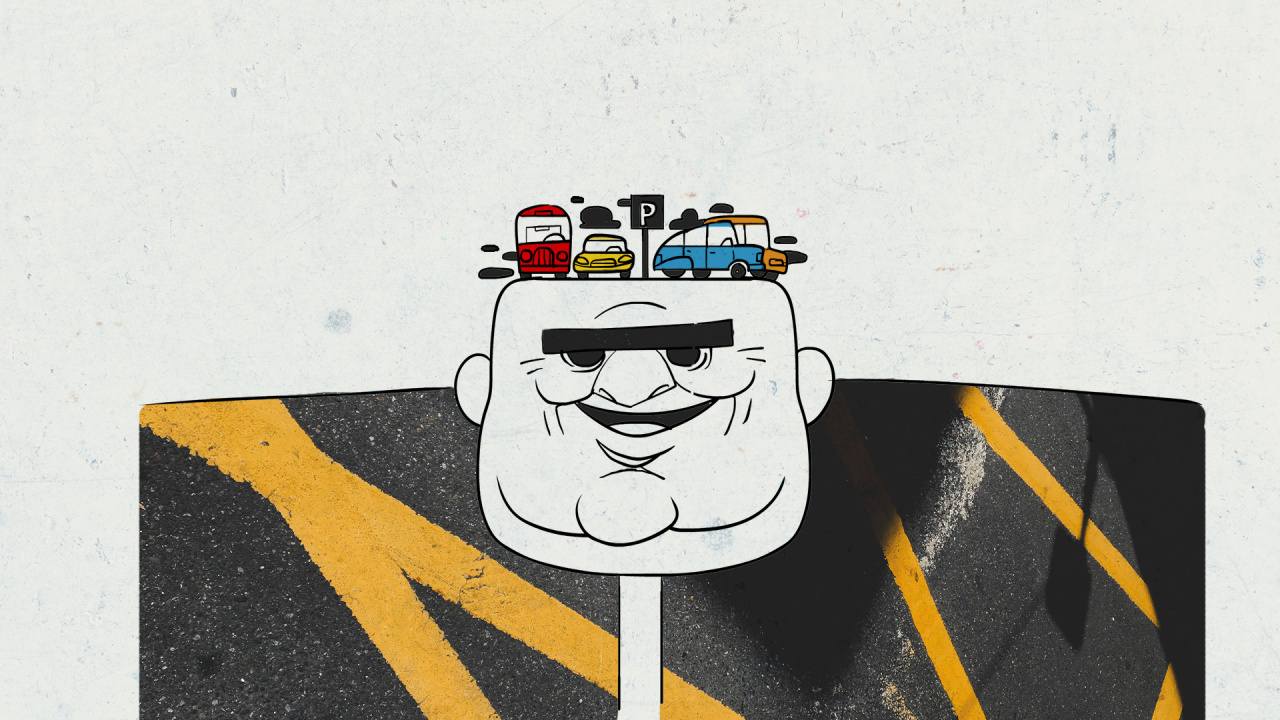Ecosystem services
Ecosystem services represent the benefits and benefits provided by ecosystems such as water, food, wood, soil formation, air and water purification, flood and drought protection, crop pollination, and more. However, human activity destroys biodiversity and reduces the resilience and ability of healthy ecosystems to deliver this wide range of goods and services.
Biodiversity is the diversity of all life forms and their interaction on Earth. It includes ecosystems, habitats, species of plants, animals, microorganisms and gene variability and their interrelationships. Biodiversity is the foundation of all human life and activity. The products and services that biodiversity provides through healthy ecosystems are vital for sustaining well-being and for future economic and social development.
The quality of life and the future of our cities depend on reconciling modern urban housing, the growing demands of the population on infrastructure and attractive work and leisure opportunities with biodiversity protection. Preserving biodiversity and the ability of ecosystems to provide services is one of the greatest challenges facing humanity at present.
Cooling, flood protection, recreation space and other benefits are services that nature provides for free. They are called ecosystem services. Ecosystem services are called the benefits of nature and are used by man. On the one hand, they are perceived and used directly, such as the environment for recreation and leisure (in the case of parks, gardens) and on the other, indirectly, such as the absorption of air pollutants from the foliage of trees and thereby improving air quality.
The picture 'Ecosystem services provided by water features' shows the wide range of benefits that can be brought to inhabitants in the city by river and other water features.
Ecosystem services provided by water features
Source: IEEP UJEP, graphics: AVIgrafik, s.r.o.
The quality and quantity of ecosystem services provided depends not only on the size of the individual green and water areas, but also on their condition and interconnectivity. That is why we often talk about the so-called green and blue infrastructure - a complex system of interconnected elements of urban natural areas.
The importance of greenery and water features for the quality of life in cities
The important role of natural elements in cities is increasingly evident with the increasing intensity of climate change, such as periods oh hot weather, droughts or brief but intense torrential rains with subsequent floods.
For example, greenery can reduce flooding after torrential rains because it is able to hold and accumulate large amounts of water. Trees, parks and rivers can also act as cooling elements during the hot periods of weather.
In cities, where the effect of the so-called heat island of the city is manifested, trees, shrubs and other vegetation function as natural air conditioners. The thermal island of the city is manifested by the difference between the temperatures in the built-up city center and its “green” edge of several degrees Celsius (see picture “Thermal island of the city”: The temperature curve on the city outskirts and above the park decreases considerably). The elevated temperatures in city centers have significant impacts on, among other things, the health of the population.
Thermal island of the city
Source: IEEP UJEP
Ecosystem services - the benefits that urban nature brings to people
Society is often unaware of the value of the benefits provided by urban nature and their benefits are often underestimated when deciding on land development. One reason for this may be that ecosystem services are often "invisible" benefits and their value can only be calculated in a relatively complex way, compared to the services of a lawyer or hairdresser, which are provided at specific prices.
Urban nature (greenery and water features) brings a variety of benefits to urban residents, workers and visitors alike, thus contributing to improving the quality of life in cities. These contributions of nature, respectively. The individual ecosystems of human society are referred to as ecosystem services. Based on this concept, the services that nature brings are divided into four basic categories (see figure “Ecosystem services scheme”).
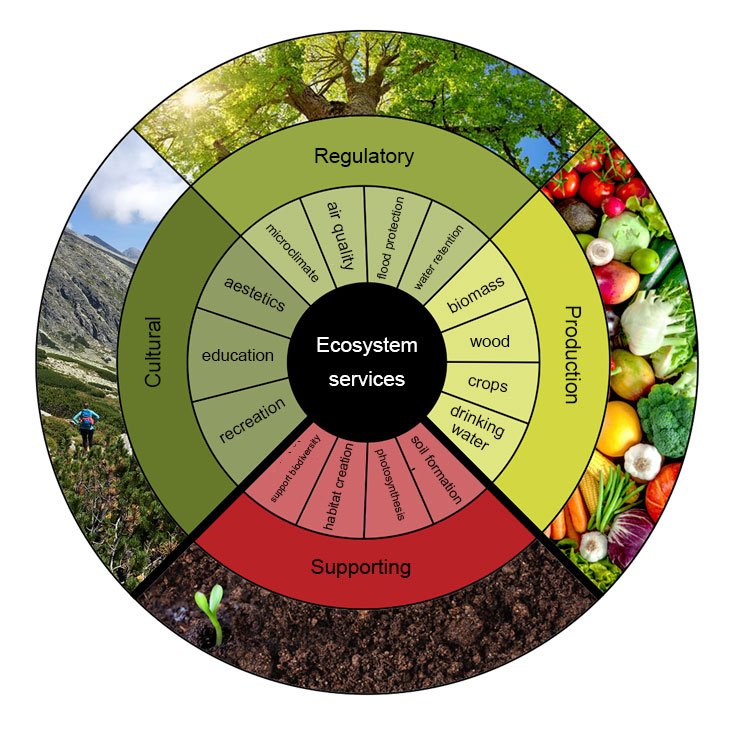
Ecosystem services scheme
Source: IEEP UJEP
Support services represent the basic functions of ecosystems such as soil formation, photosynthesis or habitat formation. Because they are a cornerstone for the functioning of ecosystems and all other categories of services depend on them, these services do not enter into the very evaluation of nature's benefits.
Production services can be easily imagined by any of us. Nature provides us with fruits and vegetables, mushrooms, wood, various fibers, drinking water, etc. These services are mostly marketed in the form of various products, so there is no problem in determining their exact value.

Regulatory services provide society with protection against negative environmental impacts (although these impacts may be caused by human-induced changes in nature). Greenery in the city helps to regulate air quality (catches eg dust particles), regulates the amount and quality of water (catches water in the landscape, helping to protect against floods and drought), reduces soil erosion or cools its surroundings due to water vapor etc. The complex expression of the economic value of these services is often forgotten in land-use planning processes that urban nature also brings these important benefits to society.
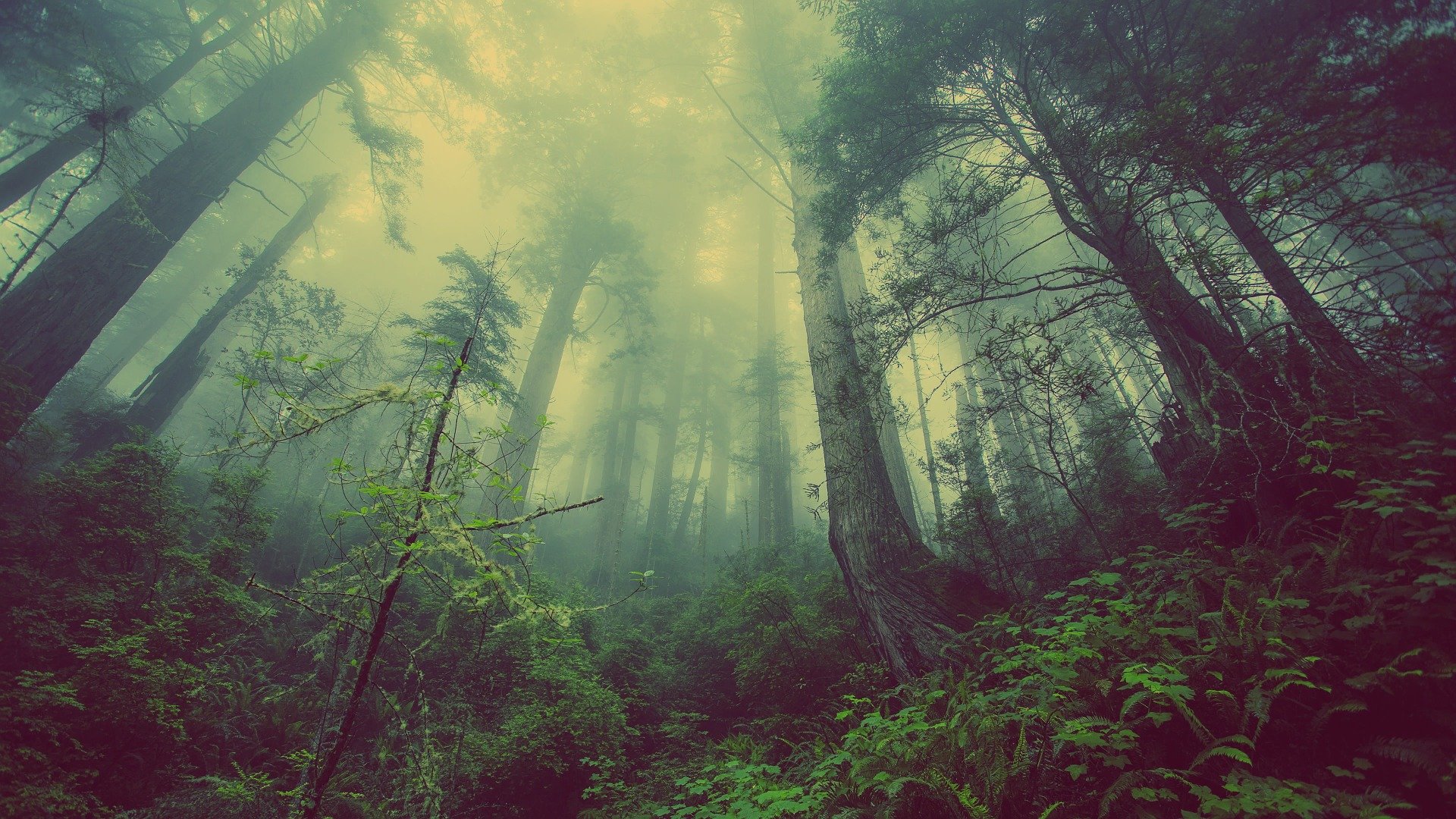
Perhaps the most perceived services of urban ecosystems are the so-called cultural services. Parks, suburban forests, waterfronts and community gardens provide many recreational benefits (space for relaxation, sport activities, short and long-term recreation), aesthetic values (e.g. in the form of inspiration for works of art) or spiritual and religious values (space) for meditation and meditation, sacred places for different religions, etc.). Expressing the value of these services in monetary units is usually the most difficult, but that does not mean that they have no value to the company.
The resources spent on outdoor recreation (whether it is a holiday or a day trip) indicate that people value nature and are willing to pay often considerable sums to admire or regenerate natural beauty (e.g. the well-known Croatian Plitvice Lakes visit annually) about 1.5 million tourists, despite high admission).
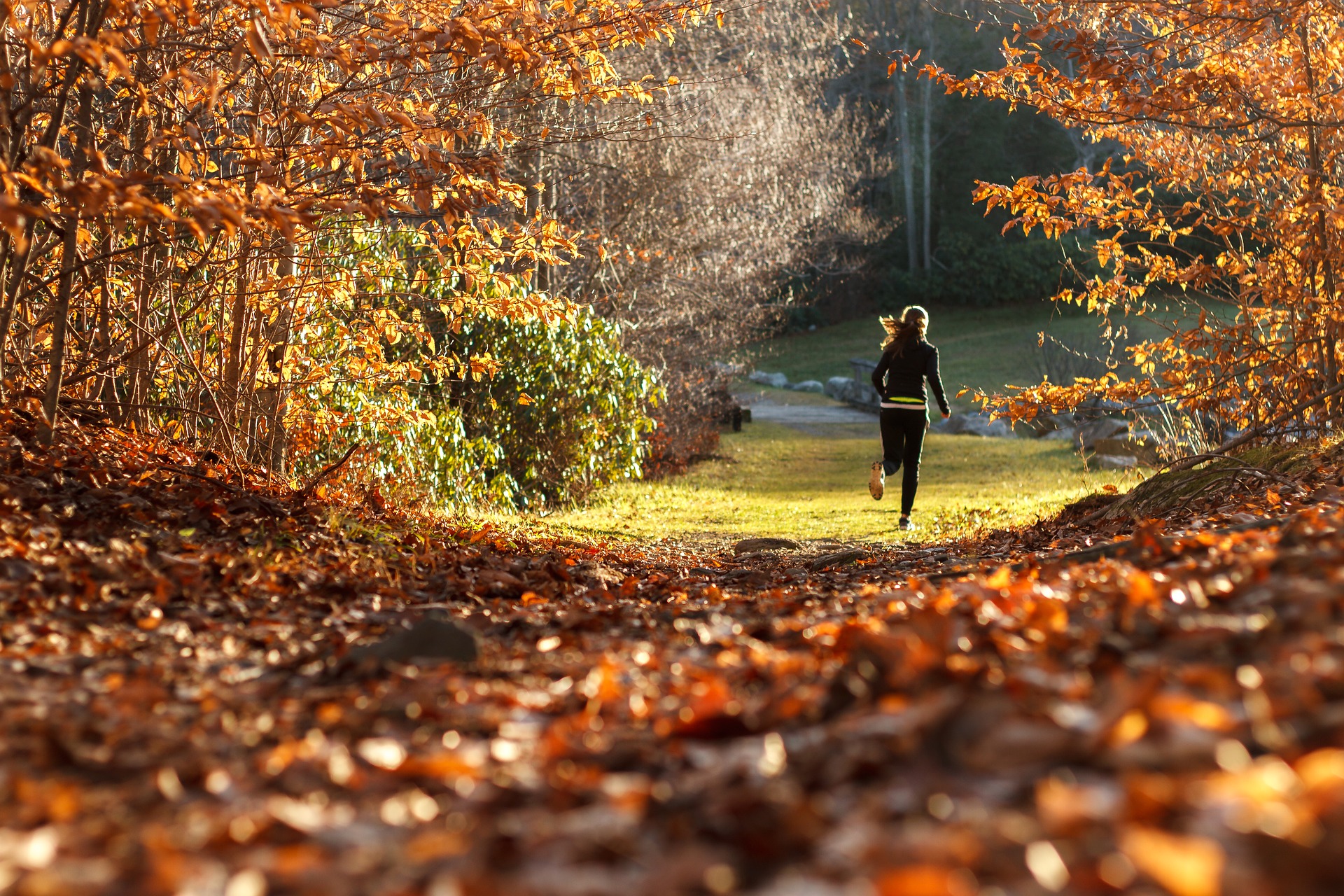
Urban greenery, water features, and their multifaceted functions and benefits
All the greenery and water features in the city bring a whole range of benefits to society in the form of ecosystem services. From food production, water retention or greenhouse gas collection to providing recreation and relaxation.
“Ecosystem services provided by trees in cities” shows the wide range of benefits that trees bring to people in the city.
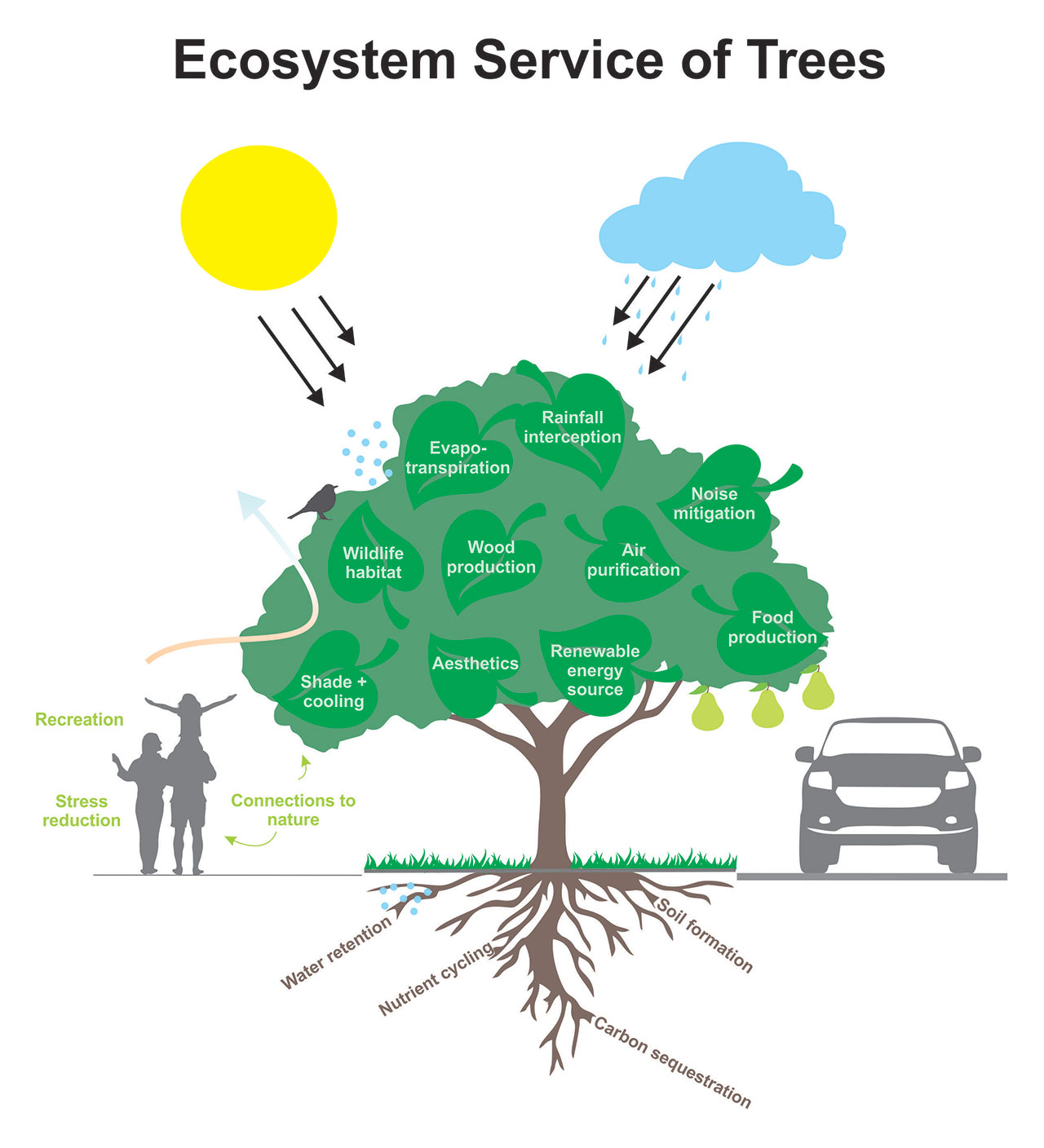
Ecosystem services provided by trees in cities
Source: IEEP UJEP based on Diamond Head Consulting, graphics: AVIgrafik, s.r.o.

Below we present some of the important elements of urban green and blue infrastructure and their most important benefits. Or watch the animated video (after reading the QR code or at http://bidelin.ioer.eu/video), where you will see these elements in the form of characters themselves.
Among the most important elements of urban greenery are parks, which serve the residents and visitors as a space for recreation, meetings and sports activities. According to our research, most people in the park feel relaxed, relaxed and in a better physical condition. International studies have shown that regular residence in urban greenery reduces the morbidity of the population, in particular it improves mental health and self-assessment of the health of city dwellers. However, parks in city centers are also very important in terms of cooling the urban environment. Thanks to the shade and evaporation of water by trees, the air temperature in the park is significantly lower than in the surrounding streets (eg the small-leaved linden cools up to 3.5 ° C due to evaporation).
Another important element of urban greenery are trees, alleys and suburban forests. Trees help cool overheated city centers and provide shade on hot days. In addition, they are very important for improving air quality. One grown tree can capture up to 1.1 kg of dust particles from the atmosphere per year. Trees can also very effectively reduce noise. In suburban forests we have the possibility of collecting mushrooms and forest crops. In addition, they have the ability to absorb and bind greenhouse gases and regulate the water regime in the landscape (a mature tree absorbs up to 300-500 liters of water in a single rain). Suburban forests and forest parks also play an important role in maintaining species diversity. The location of properties near suburban forests and other greenery also has a positive impact on property prices.
Further benefits provided are illustrated in the figure "Ecosystem services provided by urban trees".Urban gardens (so they gardening colonies, community gardens, front yards in housing estates or private gardens) contribute significantly to enhancing the aesthetic function of the area and offer space for recreation, relaxation and active gardening. It is possible to grow and harvest fruits and vegetables, usually in "organic quality". Owing to the possibility of self-supply from our own production, it is possible to reduce the number of deliveries of fruits and vegetables to cities, thereby reducing emissions of harmful substances from automobile transport.
Rivers and reservoirs play an irreplaceable role in urban nature. Their surroundings is a very attractive place for spending leisure time. Evaporation makes it much more pleasant by the water in summer than in the city center. A number of animals and plants are also bound to aquatic ecosystems. It is also often an important source of drinking or service water for the city.
Parking can also be an important green area for the city. Parking areas with permeable surfaces (e.g. grass tiles, etc.) can help reduce flood damage and regulate rainfall. The permeation rate for permeable car parks ranges from 57% to 80% of the annual rainfall, depending on the type of soil / subsoil and the type of permeable surface. The opposite is the asphalted parking lot, which in the summer months often heats up to high temperatures (up to 50 degrees in direct sunlight). Moreover, its surface continues to radiate long after sunset, making a major contribution to the creation of the city's thermal islands.
Mapping of ecosystem services provided in the city of Děčín
In the years 2017 - 2019, habitat types and ecosystem services were mapped on the territory of the city. The results for selected ecosystem services are shown in the figure “Provision of selected ecosystem services depending on the landscape type in Děčín”, where it is possible to see differences in the intensity of provision of these services.
The picture in the middle shows evapotranspiration in the city. It is a physical process in which the liquid state of water is converted into water vapor. Because some of the energy from solar radiation is consumed for this transformation, the surrounding environment cools down during evapotranspiration. In the case of oxygen production (figure at right), this is a secondary process of photosynthesis.
Source: IEEP UJEP a CzechGlobe
At comparing individual maps, it is clear which types of territories provide the most of these ecosystem services. These are mainly continuous foliage, such as forests or city parks. In contrast, densely built-up areas provide very few of these ecosystem services.
Importance of ecosystem services concept for city planning and development
The ecosystem services in the city are often taken for granted and are not really perceived by the society until they are stagnated or missing. The benefits of urban nature are rarely given real value in urban planning.
When was decided that building growth of a city and defining other building plots, it is necessary to take into account which areas provide sufficient ecosystem services and in which it is necessary to leave sufficient space for urban nature or to create this space for further growth. An important aspect of planning the construction activity is also the interconnection of individual areas of urban greenery. Modern green roofs and house facades, for example, offer the potential for further development. They bring a wide range of benefits both to the property owner himself (eg reducing the cost of insulating the roof) and to the company (e.g. aesthetic function, cooling the environment).
The value of the benefits that urban nature brings us is not easy to express. With the concept of ecosystem services, however, it is possible to map these benefits both in biophysical units (e.g. the amount of pollutants captured from the air, the amount of captured water, etc.), and often in financial units. This information can then help to incorporate the value of nature into decision-making processes and thus make it more visible.

